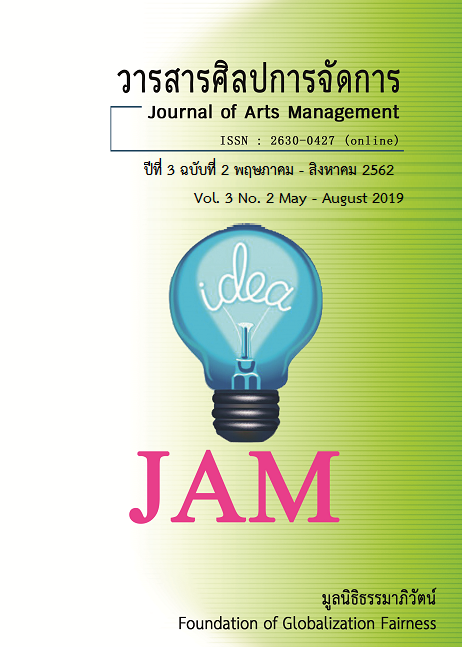Development of meditation for children with ADHD
Main Article Content
Abstract
This research The purpose of this study was to compare and contrast children with ADHD before and after using artificial intelligence. The samples used in this study were male students aged between 5-6 years studying in the second kindergarten. Ladkrabang District Office Bangkok There were 6 patients with ADHD. The instruments used in this study were the instructional plans, the inventive activities, and the behavioral assessment forms for students with ADHD. There are four levels of behavioral responses. These behaviors are assessed. 20 collected behaviors for this research. Data were collected by experimental method. The data obtained from the behavioral assessment of students with ADHD were used. After the experiment, the difference in median scores was increased. And after the activity using the invention. the results are as follows.
- Concentration for children with ADHD from learning activities through the use of artificial activities has increased.
2. Concentration for children with ADHD from learning activities using artificial activities. It was found that post-learning management using artificial intelligence. Can develop more concentration.
Article Details
Views and opinions appearing in articles in the Journal of Arts of Management It is the responsibility of the author of the article. and does not constitute the view and responsibility of the editorial team I agree that the article is copyright of the Arts and Management Journal.
References
กระทรวงศึกษาธิการ. (2545). พระราชบัญญัติการศึกษาแห่งชาติ พ.ศ.2542 และที่ แก้ไขเพิ่มเติม (ฉบับที่ 2) พ.ศ.2545. กรุงเทพฯ: คุรุสภา
นิติยา จันทะเกตุ. (2555). การพัฒนาสมาธิสำหรับเด็กที่มีอาการสมาธิสั้นโดยใช้กิจกรรมงานประดิษฐ์. วิทยานิพนธ์ปริญญาครุศาสตรมหาบัณฑิต มหาวิทยาลัยมหาสารคาม.
พนม เกตุมาน. (2550). สุขใจกับเด็กสมาธิสั้น. กรุงเทพฯ: มหาวิทยาลัยมหิดล
วรรณี วงศ์พาณิชย์. (2546). การงานอาชีพและเทคโนโลยี งานประดิษฐ์ ม.1-3. กรุงเทพฯ: อักษรเจริญทัศน์
อุมาพร ตรังคสมบัติ. (2546). สร้างสมาธิให้ลูกคุณ. (พิมพ์ครั้งที่ 3). กรุงเทพฯ: ซันต้าการพิมพ์.
